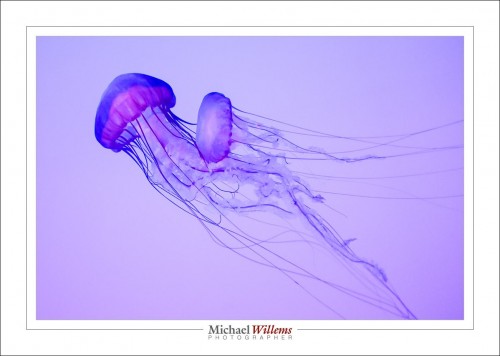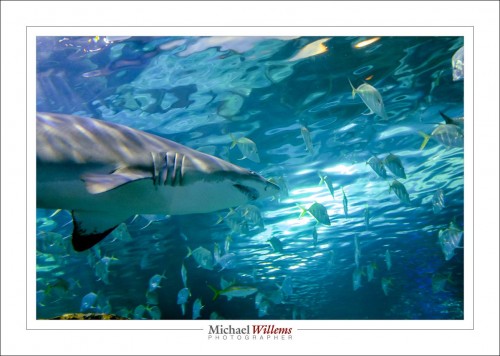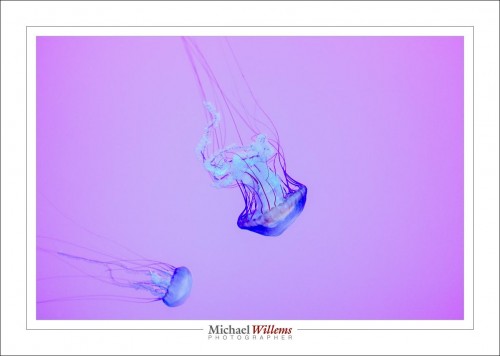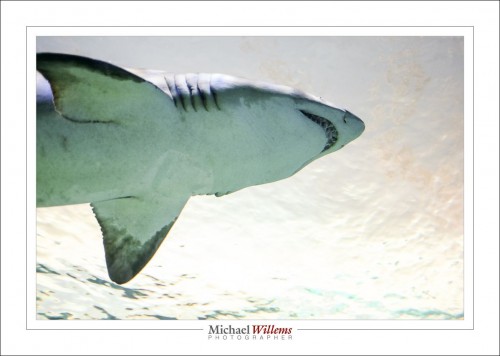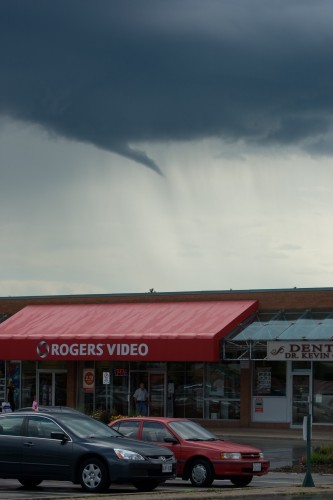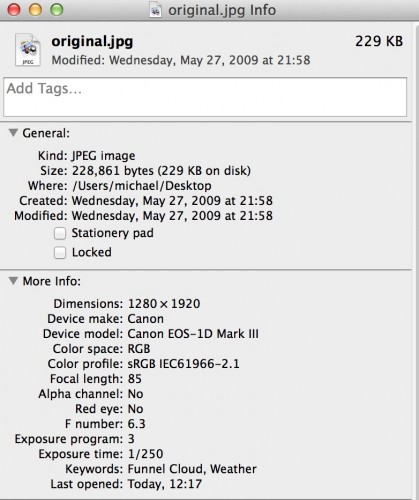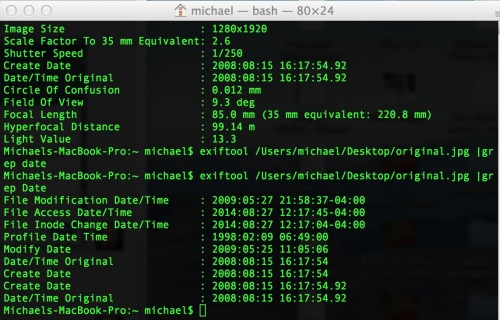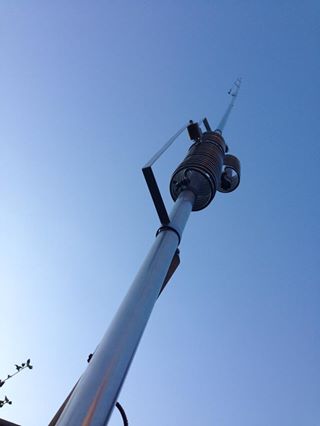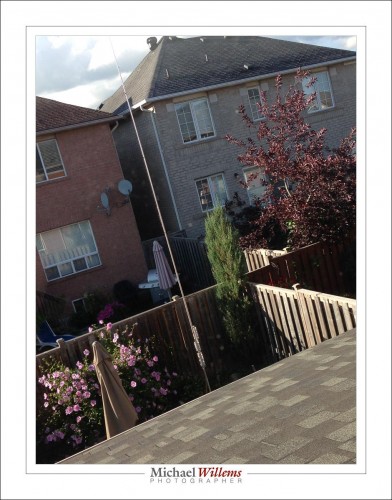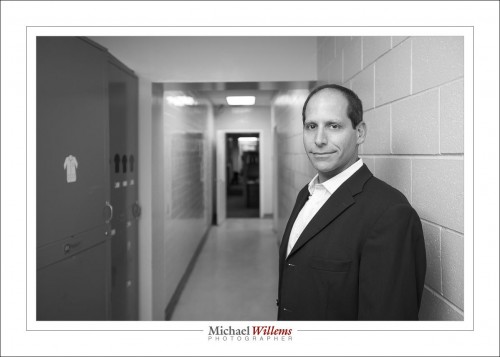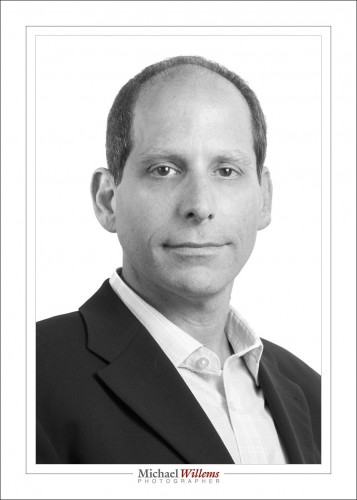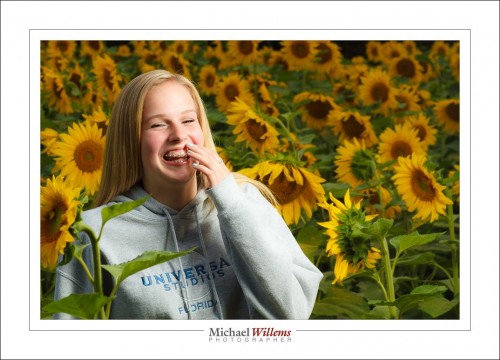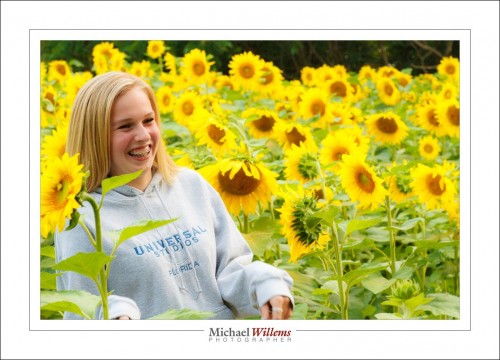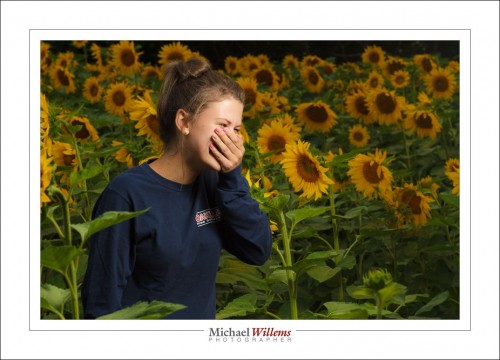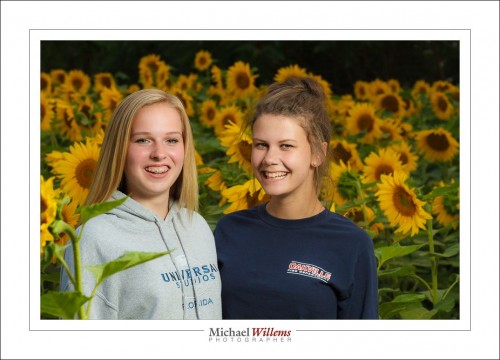Just let me dispel that persistent myth that you cannot shoot at high noon. In bright sunlight. Well, you can shoot, but you will get awful pictures.
Nonsense.
Here. Look at this. Talented photographer Tanya Cimera Brown, yesterday, at noon, on what must be the brightest day this year so far. So this is in bright, harsh, horrible, colour-saturation-destroying, full-on sunshine. Straight out of the camera:
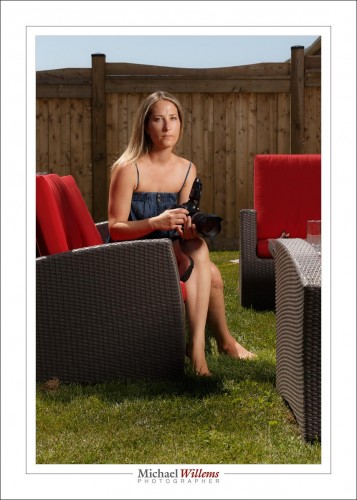
The sky is nice, the red-blue-green theme woks, the model is great, the sun provides a nice “shampooey goodness” hair light: what more can we ask for? And that is with a camera that can only sync at 1/160 second. With my 1/250 sec 1Dx I could do even better. With the old 1D I used to have, even better, at 1/300 second.
OK. That’s using a strobe. Can you do it with speedlights? Sure. You may need to go unmodified, to have enough light; and that means off camera. Here: two speedlights, aimed direct at the subject from off camera positions, do this:
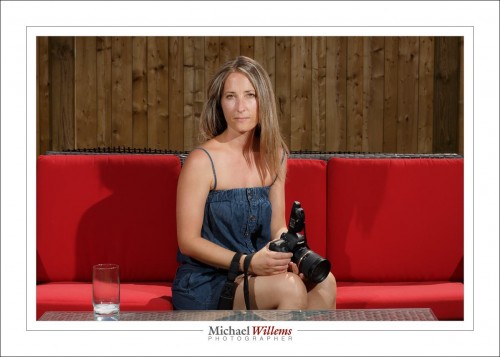
And this: two of me, by Tanya, using the same techniques:
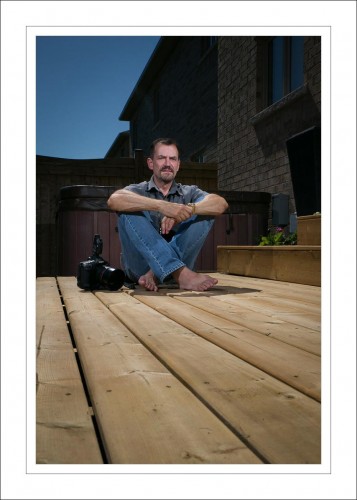
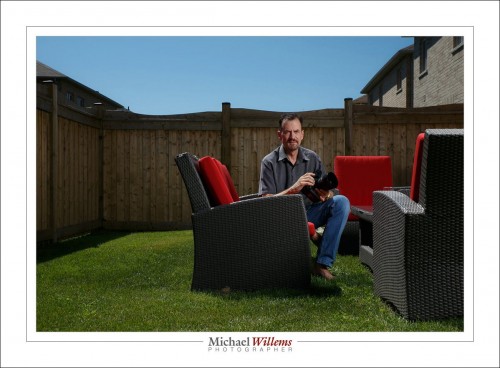
All those were also SOOC (Straight out of Camera).
So learn flash already!
For best results, do my Flash in the Plan program: take my course and get the book (for both, go to http://learning.photography); then follow with a hands-on session, and you will know how to do this. It’s not rocket science, but you need to learn the background, understand the constraints, and learn the artistic tips. Then, you can do this too (provided you have a model as beautiful as Tanya, of course):
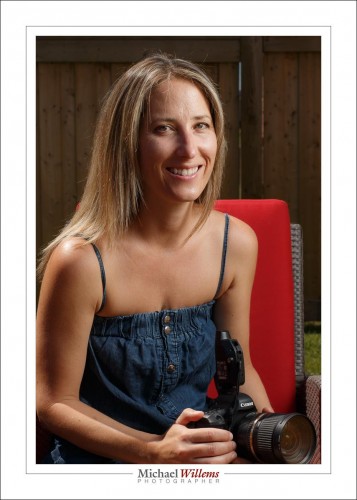
Because yes, you CAN do great work at high noon. All you need is flashes and skills. And a camera, of course. Show the world what you can do!

